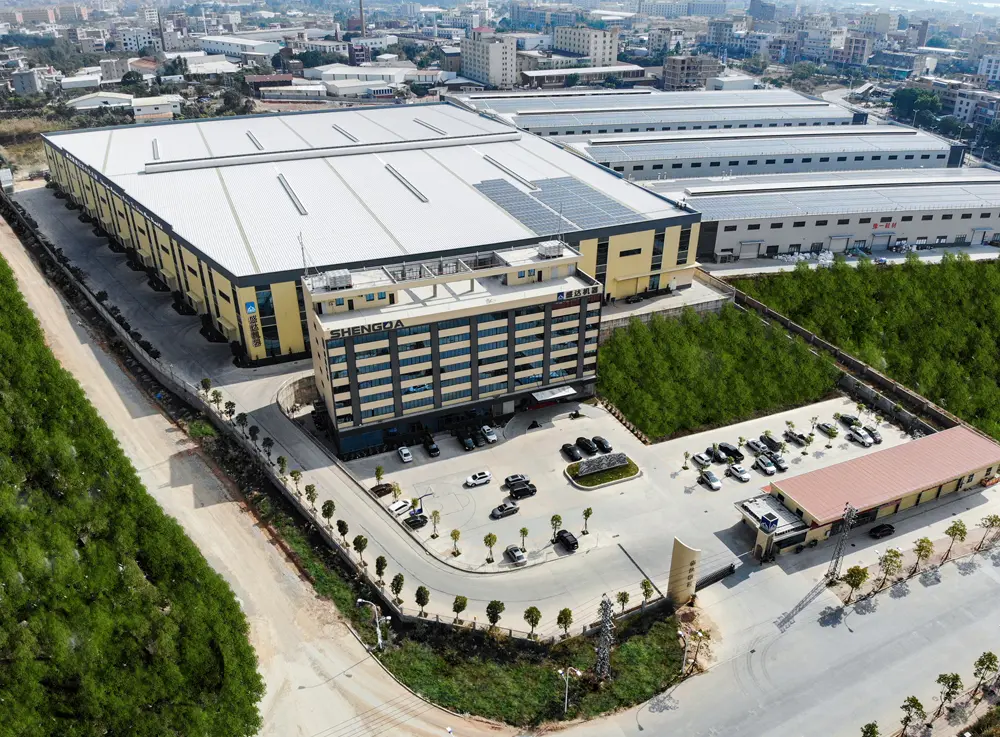As a core equipment in the modern foundry industry, fully automated sand mold casting machines exhibit the following trends and characteristics in their application and development:
Current Technological Applications
Innovations in 3D Printing Technology
Sand mold printers using binder jetting (BJ/3DP) technology have enabled mold-free production, supporting the manufacturing of extra-large sand molds up to 4 meters with a printing precision of 10 microns. This is suitable for small-batch production of complex castings in aerospace, automotive, and other industries. For example, Longyuan Forming’s AFS-J series equipment has passed 1,000-hour stability tests, significantly shortening new product development cycles.
Enhanced Intelligent Capabilities
Dazhan Machinery’s fully automated horizontal molding machines integrate servo drives, visual positioning, and IoT technology, achieving a clamping accuracy of ±0.15mm and a production efficiency of 300 molds/hour while meeting environmental standards with dust concentrations below 4mg/m³.
Equipment from companies like Delin Intelligent features PLC control systems and rapid mold-changing capabilities (within 10 minutes), supporting multi-process formula storage to meet the demands of complex castings such as long-head pumps and high-flange components.
Upgrades in Traditional Processes
The adoption rate of automated molding production lines (e.g., DISA230, FMEFA-SD6) has increased, with domestically produced equipment gradually replacing imports. However, technological gaps remain in the field of ultra-large castings (>5 tons).
Industry Development Trends
Green and Low-Carbon Transformation
The proportion of electric furnace melting is expected to rise from 40% in 2023 to 55% in 2025. The next-generation “carbon-neutral molding units” reduce carbon emissions per ton of castings by 50% through waste heat recovery and other technologies.
Closed sand-shooting systems and sand recycling devices minimize sand waste, with dust emissions complying with EU EN standards.
Market Structure Changes
China’s cast iron machine market is projected to reach ¥105 billion by 2025, with high-end equipment accounting for 35%. The Yangtze River Delta and Pearl River Delta clusters dominate 70% of production capacity.
Domestic equipment prices are only 60% of imported brands, and companies like Dazhan Machinery already hold a 28% domestic market share, accelerating import substitution.
Intelligent and Customized Solutions
5G + digital twin technology is being applied to new-generation machines, achieving an equipment utilization rate of 92% and mold lifespans of 500,000 cycles.
Customized dual-station solutions for ultra-large castings, such as wind turbine flanges, are becoming a key R&D focus.
Case Studies
Automotive Sector: A Zhejiang-based company reduced labor requirements by 75% and lowered casting porosity defects from 5% to 0.3% after adopting fully automated molding machines.
Precision Machinery: 3DP sand printing technology enables aluminum castings to match the precision of investment casting while reducing overall costs by 30%.
Future Outlook: With the implementation of the Foundry Industry Carbon Peak Action Plan, fully automated sand mold casting machines will continue evolving toward higher precision, lower energy consumption, and greater flexibility.
If you need a servo molding machine, you can contact us through the following contact information:
Sales Manager : zoe
E-mail : zoe@junengmachine.com
Telephone : +86 13030998585
Post time: Jun-07-2025


